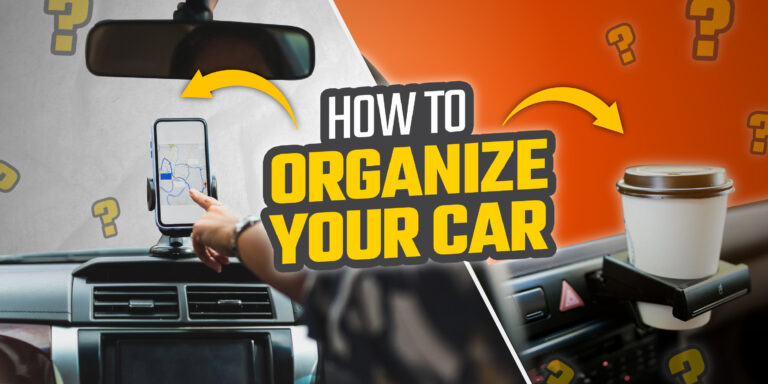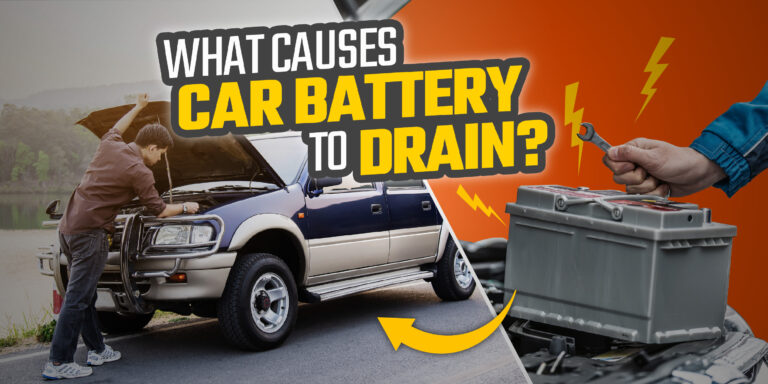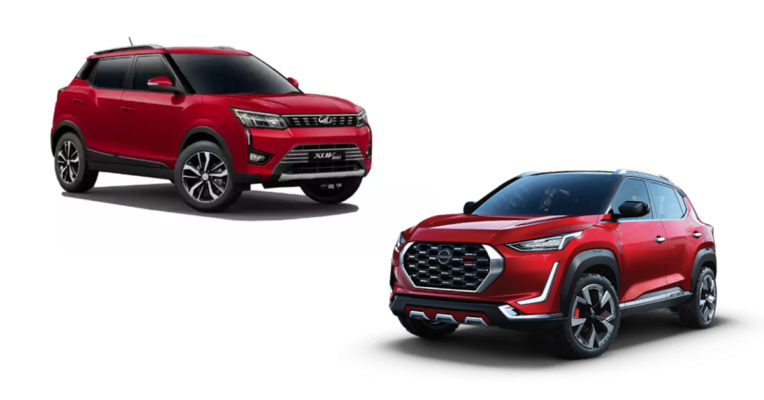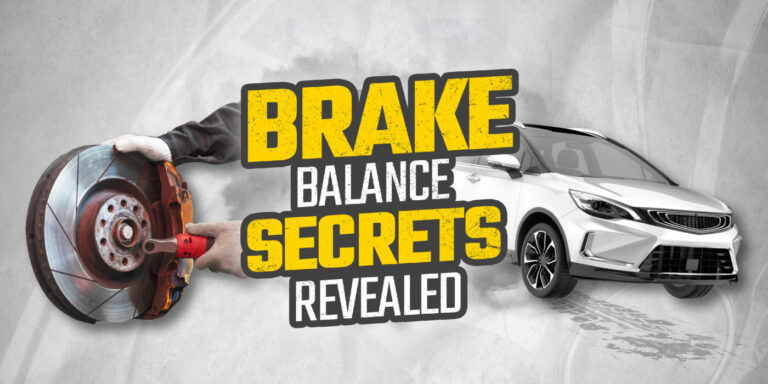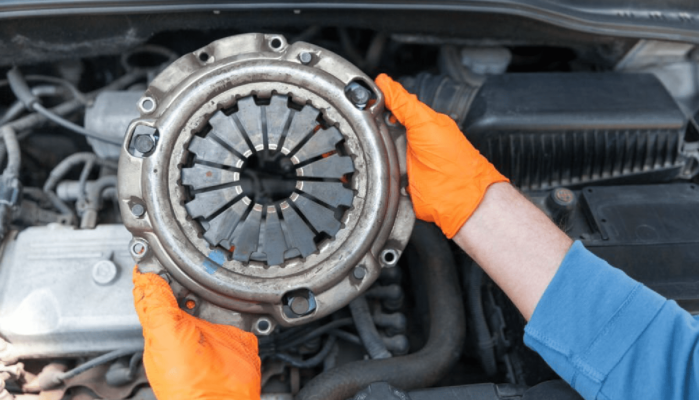
You may have always had this question in your mind about what is happening when you are pressing the clutch pedal or why you have to hold the clutch when you need to shift gears in a manual transmission car. This blog will give logical answers to these questions. Also let’s see where is the clutch located:
What is a car clutch?
Clutch is basically a mechanism to disconnect and connect the engine power to the wheels as and when needed.
Location of the clutch is between the engine and gearbox. Depending upon the type of vehicle, there may be various types of clutches.
Car Clutch Functions
- It permits smooth engagement and disengagement of gears while the vehicle is stationary and the engine is running.
- It transmits engine power to the wheels without jerk when the vehicle is set in motion.
- It permits the change of gears when a vehicle is in motion.
- It helps to keep the engine running even if the vehicle is stopped.
How does a car clutch work?
For car clutch working details, we need to know a little bit about an internal combustion engine car.
Internal combustion engines have a small band of torque. Due to this reason, in order to vary the speed of the drive wheels, these cars need a transmission system. This is done to make sure that the engine is working in its optimum rpm range and then by changing gears the speed of driving wheels can also be differed.
But ensuring this in a manual transmission car is not an easy task. To change the gears smoothly in a manual transmission car, the power from the engine coming to the driving wheels must be cut. Repeatedly turning off the engine for this job is very inconvenient.
Here, clutch comes into play. It cuts off the engine power from the wheels without the need to shut off the engine.
A car clutch consists of a disc which has a high friction material coating on both sides. There are two main parts of a clutch- a flywheel and a clutch disc. The clutch disc is attached to the flywheel. If an external power presses the disc, this disc will rotate with the flywheel.
This force is provided by some springs. The input transmission shaft is connected to the disc. This input shaft then rotates with the flywheel which is getting power from the engine. This is the condition when the car is in motion.
So, how does the clutch discontinue the engine power? The springs produce pressure on a pressure plate which sits on top of the clutch disc. On top of the pressure plate there is a special type of spring in the clutch arrangement called the diaphragm spring.
When the clutch is pressed, the diaphragm spring pulls off the pressure from the pressure plate, essentially disconnecting the engine power from the wheel.
You might be thinking- “So what about automatic cars?”
Well in simple terms, automatic cars are the cars without clutch and gears. They have only two pedals- one is for braking and another for acceleration.
Automatic cars are much easier to control as you don’t need to change gears constantly in traffic. As you can keep both your hands on the steering wheel, you can control the steering better in unforeseen situations like a cow coming into your path.
Nowadays, car manufacturers have also bridged the mileage gap between manual cars and automatic cars. They have similar fuel consumption in modern times.
Automatic transmission cars have planetary gear set. This type of gear set has two inputs and one output. Below is the arrangement in a planetary gear set.
Here first input is received by the ring gear. And ring gear works as the second input. In first gear, input 2 is stationary. The essence of planetary gear pinions is that just by giving different input speeds, you’ll get different speeds at the output.
Also Read: Difference Between Manual and Automatic Transmission
Here are some common clutch problems along with their solutions
- Clutch has become hard or tight
This problem arises due to damaged pressure plate 90% of the time. The remaining 10% may be due to cable issues.
Pressure plate can be replaced separately in this case..
- Car doesn’t move even after releasing the clutch almost
If your car doesn’t start moving even after releasing the clutch then the clutch plate has worn-out. Another symptom of a worn-out clutch is if the acceleration of your car has decreased drastically.
Here, the clutch fails to disengage fully and so the wheels don’t receive much power from the engine.
How to adjust car clutch
There should be a free play in your clutch. In modern hydraulic clutches, it is adjusted automatically, but in cable clutches, it needs to be done manually.
Normally the free play should be around 1 or 2 inches.
If your car clutch has no free play or more than 4 inches of free play then here’s the way to adjust it:
For this you need to get under your car. Just under the engine compartment you’ll see an adjuster nut covered with a plastic cap. Remove it and adjust it. Then you can measure the free play travel again and check.
You can also adjust the level of your clutch pedal. It is very easy. Get inside your car. Then just look above your clutch pedal. You’ll see a screw which gives support to the clutch when it is released i.e., then the clutch pedal makes contact with this screw when it is released.
To increase the pedal height, loosen the screw and to decrease the height, tighten the screw towards the pedal. That’s it. You’re good to go.
How to make the clutch softer?
This process is the same as adjusting the free play. Get under your car. Under the engine compartment there will be an adjuster. Loosen it to make the clutch softer.
How to release clutch in first gear:
For any amateur driver, releasing the clutch is the most horrifying thing as it gets jerky or the car turns off.
All beginners should take it slowly. You should engage the clutch fully. Then shift to first gear. Now, slowly release the clutch. At one point, your car will start moving, now press the accelerator slowly and you’re done.
This is the best way to practice take off in the beginning. Over time, you’ll muster it and then you can make it faster.
Properly using the clutch to enhance its longevity:
You need to know some basics of using the clutch to enhance its lifespan:
- Engage the clutch fully whenever you’re shifting gears. If your gear shift is feeling hard, then most probably you aren’t engaging the clutch fully before making the shift. This can damage both your clutch and gear.
- Don’t always semi engage the clutch and drive. Half clutch should only be used in heavy traffic where you just need to keep moving or when you are running over a speed breaker. Using the clutch this way wears out the clutch very fast so it is not advisable.
How to replace car clutch:
A worn-out clutch will make your car slower. This shouldn’t be on your “take it to mechanic” list. So, here’s how to replace a car clutch:
- First get the transmission out of the way
- Now, you’ll see all the elements that allow the power to travel from engine to wheels. Basically, you will find a pressure plate and a flywheel which are components of the clutch as we have discussed earlier.
- Behind the pressure plate lies the clutch plate which is responsible for the majority of the clutch issues. You can also replace the whole system if you want.
Bike clutch:
Most bikes have a manual transmission which has a clutch. In a bike also, the clutch works in a similar way as a car.
Clutch discontinues the engine power delivery to the driving wheels for gear shifts.
In bikes, the clutch is like a brake lever which is present on the left side.
Also Read: Role of the clutch in your vehicle: Location and everything you need to know
How to release clutch smoothly in bikes:
Here also releasing the clutch in first gear is an issue for beginners. But after reading this blog further it’ll be less worrisome, I promise:
- Start your bike in neutral
- Now press the clutch fully and shift to first gear
- Then release the clutch slowly. Very slowly
- At one point, your bike will just start to move
- Now slowly release the clutch fully along with opening the throttle
- Pick up some speed and then again hold the clutch and shift to next gear. In this way, your shifting will be smooth and non-jerky and also your bike won’t stall and turn off.
Replacing clutch in bikes:
Clutch wear-out happens in bikes too. Let’s find out how to replace it in your home:
- Open up the engine cover using suitable screwdrivers or wrenches
- Now you’ll see a big circular structure in the middle. This is your clutch component
- Unscrew it further using wrenches
- Decide which components have worn-out and replace them.
Bike clutch adjustment:
Bike clutch can be adjusted for free play and the pressure of the clutch.
In bikes only cable clutches are found and so, we need to adjust the cable.
Above the engine compartment generally we will find the clutch cable along with its adjustor. Here, adjust it as per need. Loosening will increase the free play and also make the clutch softer and tightening it will decrease the free play and also make the clutch tighter and harder which will cause pain in your hands.
Also Read: Disc Brake Vs Drum Brake: All You Need To Know About Them
When to replace?
Clutches come under wear and tear components. These need to be replaced after a certain running distance. Generally, a clutch should hold up well up to 100k miles or 160k kms. So, it is better to replace your car or bike’s clutch every 160-170k kms.
Some habits which may damage your bike’s clutch
- Using the half clutch too much. If you ride your bike in higher gear in traffic by engaging the clutch then it will damage your clutch plate over time. You should shift down your gear and ride without engaging the gear unnecessarily.
- Not engaging the clutch properly during gear shifts. This habit can damage both the clutch and gearbox.
This was all about clutches. You have gathered information about both bike and car clutches. In bikes, dirt bikes also have same mechanism and needs to be replaced after the discussed run distance

